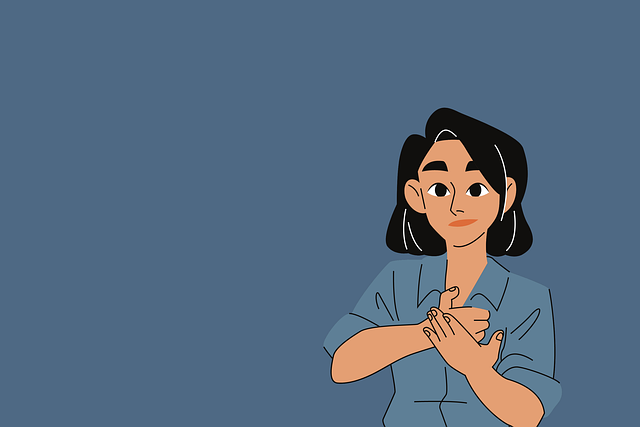Banks has served as a DASL on shows including Camille A. Brown’s Broadway revival of “For Colored Girls Who Have Considered Suicide/When the Rainbow Is Enuf,” which starred Alexandria Wailes, a deaf and mixed race actress, and incorporated ASL into the fabric of the show.
“I worked with Deaf actors, but I also worked with hearing actors,” Banks said of “For Colored Girls.” “So it’s not just Deaf culture that I brought to the production, but also the Black Deaf culture. And I did that with signing that showed that specific culture that is specific to the Black Deaf community.”
She described one scene, for example, in which Wailes signs in Black American Sign Language, or BASL, which relies in a unique way on body language and rhythm. Onstage, Wailes’s signing became almost sensual, she said. “It was totally different from everyday conversational ASL.”
“It became a lot more emotive,” Banks added. “There was a lot more feeling in that.”
Sabio, who also incorporated BASL in the interpreting for “A Soldier’s Play,” said that for authenticity, he also researched and used signs from the historical period in which the play is set.
Monique Holt, a professor in the theater and dance program at Gallaudet University in Washington, D.C., who also works as a director, actor and DASL, said that although more diversity exists in theater these days, there are not enough interpreters from diverse backgrounds — especially those who, like her, are Asian and Deaf.
Offering more training opportunities and scholarships for those hoping to have a career in the field could make a difference, added Holt, who also mentors people interested in becoming artistic directors for sign language.
